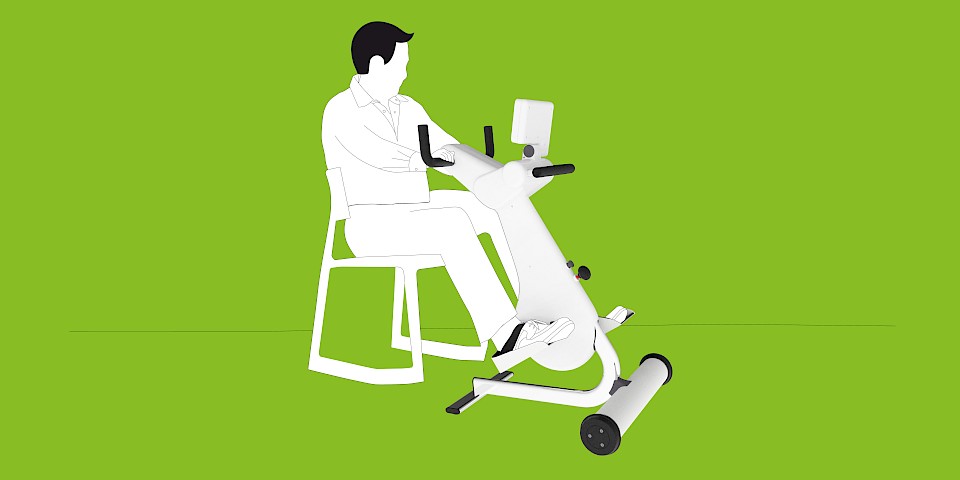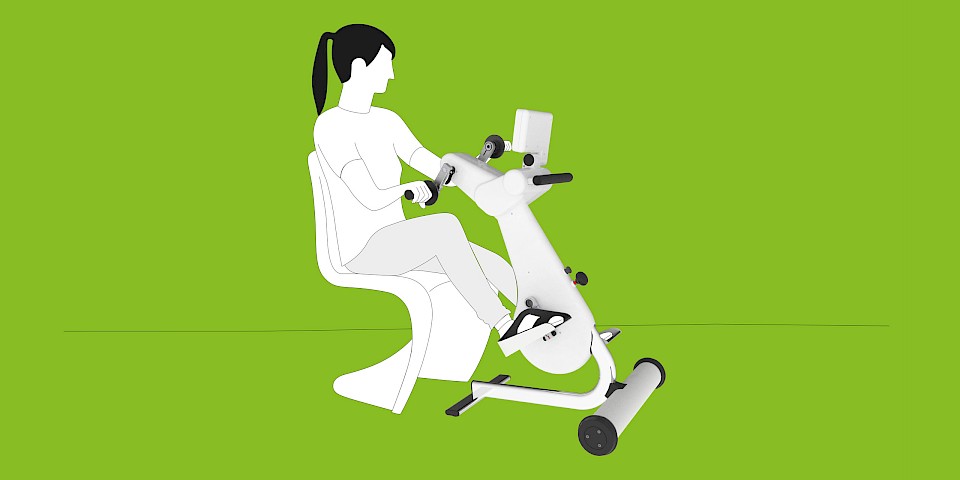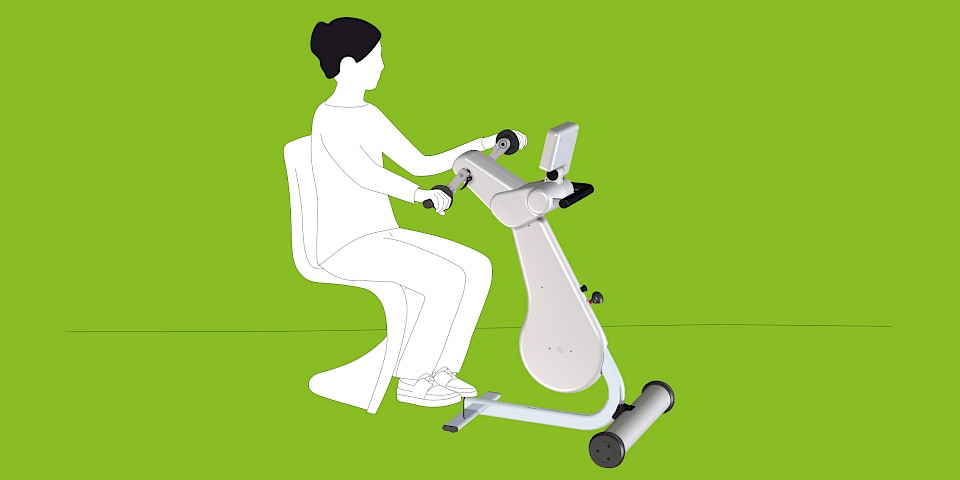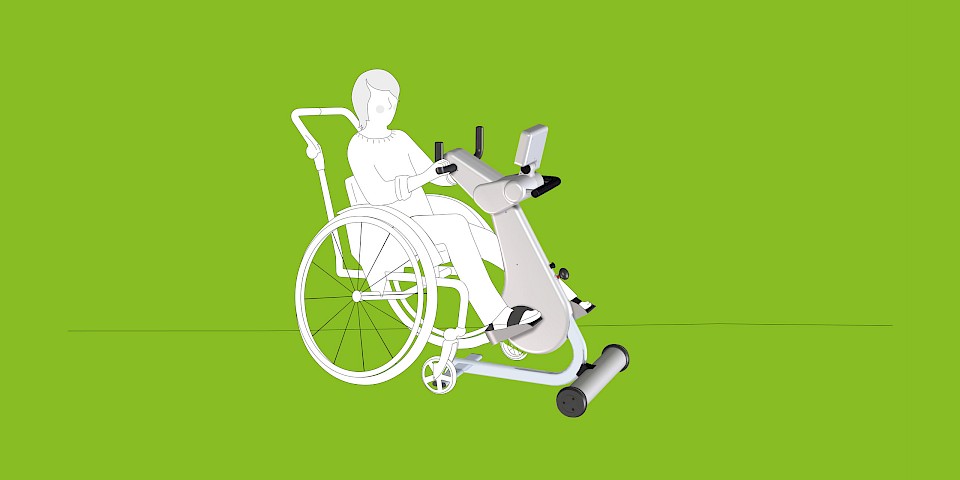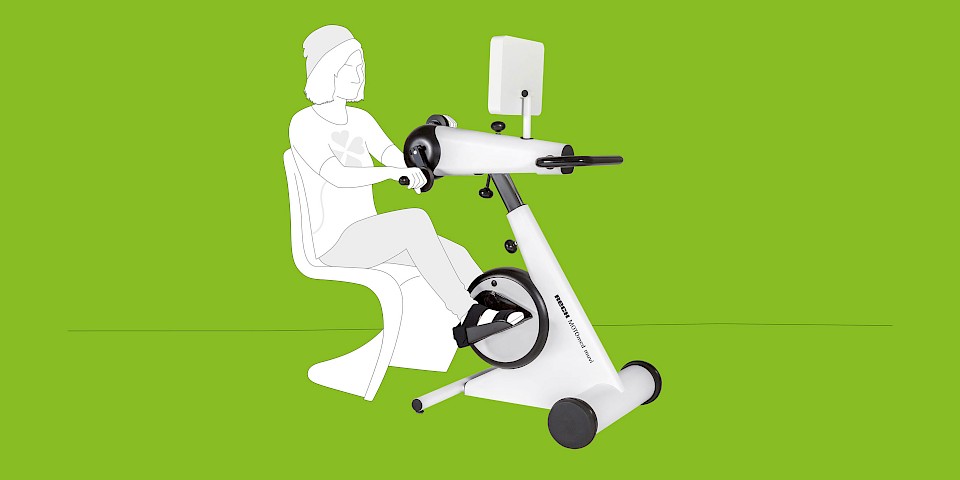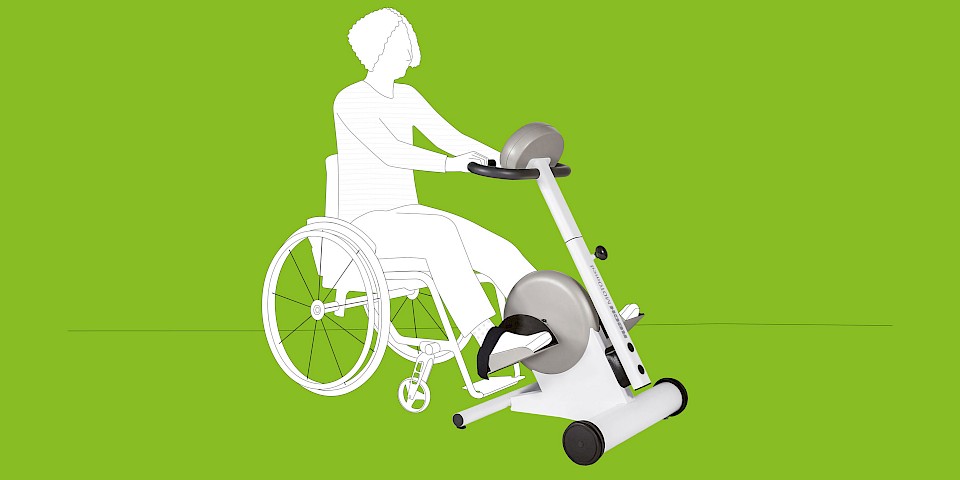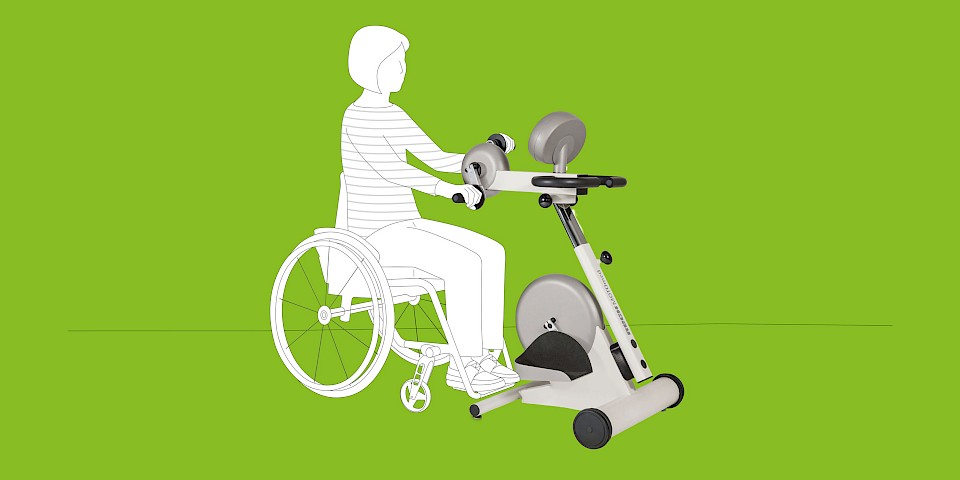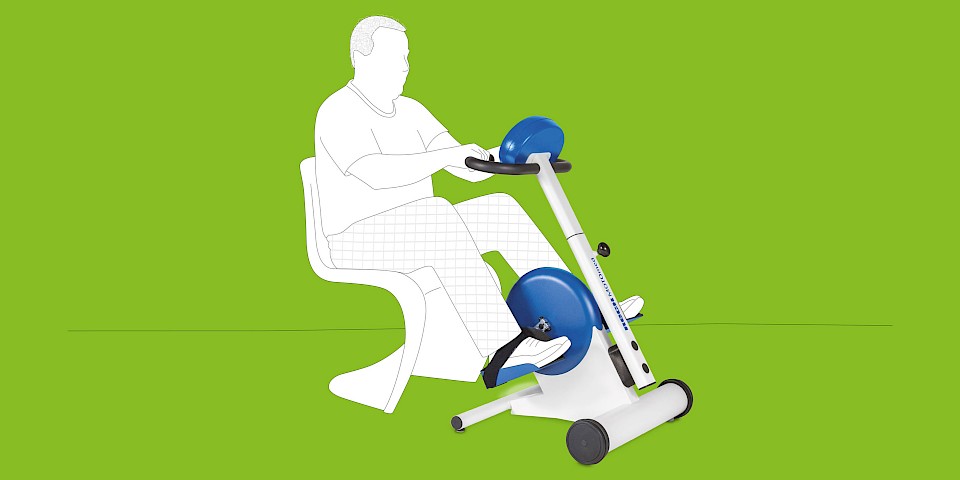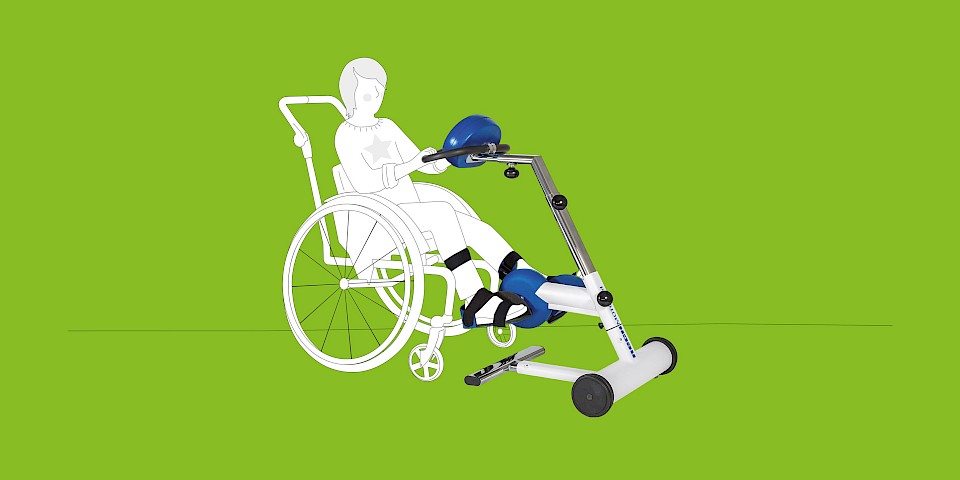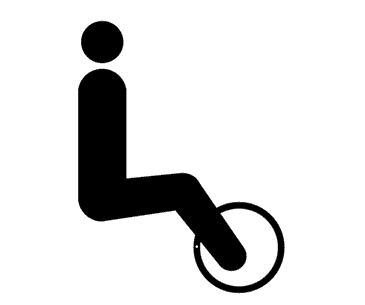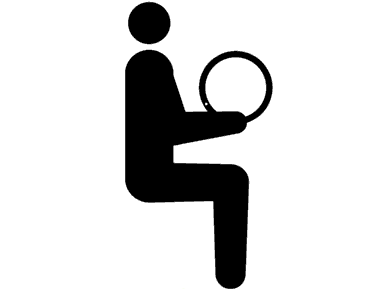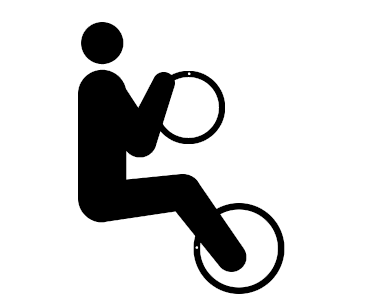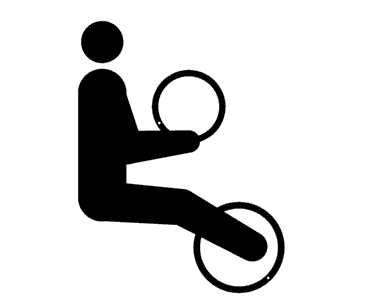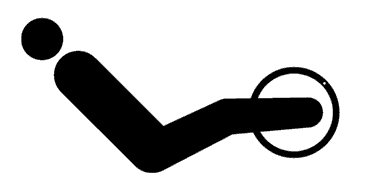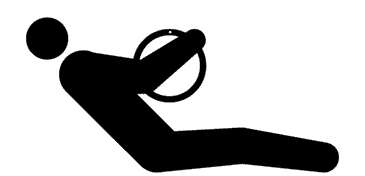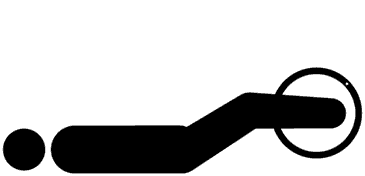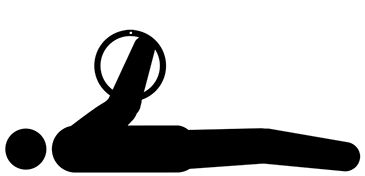Muscular disorders
Sustaining mobility
Manual and movement therapy are important in the treatment of neuromuscular diseases. Many muscular diseases come along with muscle shortage. The steady MOTOmed movement enables safe movement with the safety function MovementProtector. Moreover, the motor-driven MOTOmed offers a training that does not overstrain – even with weaker muscles.
With the MOTOmed movement therapy device, patients can complete an active leg or arm/upper body training. The MOTOmed is suitable for a training from a chair or wheelchair.
A passive, motor-driven movement particularly helps immobile patients and people in wheelchair to counteract the effects of a lack of movement. It activates circulation and metabolism and improves joint flexibility.
Configure your personal MOTOmed
Use the MOTOmed Product Configurator to configure your MOTOmed according to your requirements. Quickly, easily and without obligation. Try it out and configure your personal and individualized MOTOmed now.
MOTOmed Movement Therapy
MOTOmed Movement Therapy was developed for people with movement restrictions and complements physical, ergo and sports therapy measures. Users can train while seated in a wheelchair or from a chair. Patients in supine position use MOTOmed from a nursing bed or therapy couch.
In Germany, the device-based movement therapy with the MOTOmed is recognized as an aid for many indications by the statutory health insurance. It is worthwhile to inform yourself!
Therapy modes
passive
The effortless motor driven movement is ideal for the regulation of muscle tone, loosening stiff muscles and for early mobilization after long rests. Passive training stimulates blood circulation, digestion and joint flexibility.
assistive
In motor-supported movement therapy, the function MOTOmed ServoCycling enables easy transition from passive to active training. A motor-supported movement stimulates strength and endurance even with minimal muscle strength.
active
An active training with own muscle power against finely adjustable resistance levels strengthens leg, arm and upper body muscles and stimulates the cardio-vascular system.
Achieving best therapy goals through interval training
Alternating phases of strain and recreation (intervals) through active and passive training give a higher training stimulus which leads to a better therapy success.
Therapeutic goals
- Promote walking
- Reduce the consequences of lack of movement
- Activate residual muscle strength
- Strengthen the psyche and well-being
- Counteract fatigue


